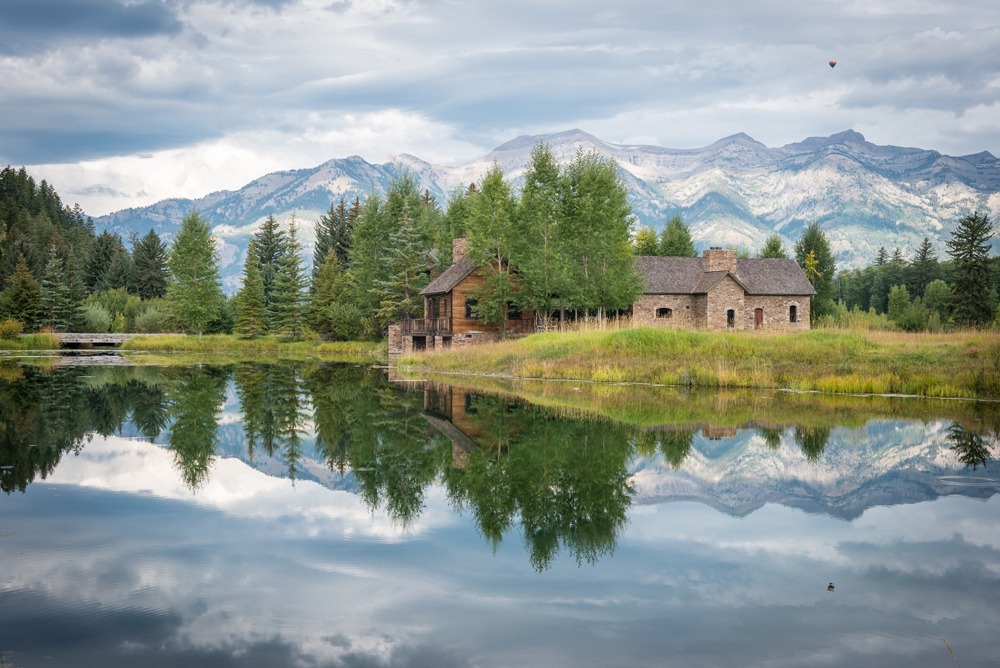If you were a serious war correspondent in the late 1930s, there were only two places to take up your craft:
One was inside the walls of the Hotel Florida in Madrid – and the other was on the front lines in the war between Spain’s fascist and Republican armies.
Hemingway knew it, as did Martha Gellhorn. Photojournalist Robert Capa made his name there, along with sidekick Gerda Taro. All were monitored by censors Arturo and Ilsa Barea in the Foreign Ministry’s Press office.
“It was like the Grand Hotel,” says author Amanda Vaill about the leading subjects in her new book, Hotel Florida.
Hemingway arrived with a newly developed social conscience, soon to be joined by Gellhorn, his equally new lover. At a creative dead end, he was looking for inspiration.
“The war came along and he saw the opportunity to write about struggle and bloodshed and very elemental things,” she says. “But he becomes more a propagandist than a journalist – he’s writing what people tell him to write rather than what’s true.”
Vaill pulls no punches with Gellhorn either; her image as courageous war correspondent loses some of its luster here. “I thought I was going to find a pioneering woman on the front lines in Spain,” she says. “I was surprised to find that despite her passion and her almost self-righteousness, she was not always truthful – she would rewrite history, rearrange facts and almost make things up.”
The 22-year-old Capa and 27-year-old Taro were young, fearless and eager for money and fame. Capa in particular was known for using his camera as a weapon – but neither of them shrank from battle. “The way they put their bodies on the line – I have nothing but admiration for that,” she says.
Their early photographs may have been propagandistic, but as the war raged on, they threw themselves into the fighting. “Very soon, the horrors of the war overtook them and their photos became less stylized, and the formal elegance gave way to chaos as the story overtook what they thought the story was,” she says. “They don’t care if they’re getting a beautiful picture or telling a story that’s politically correct – it’s just about getting the picture.”
As locals, the Bareas offer a balance and perspective to Vaill’s narrative. “I needed someone who had skin in the game for the war itself,” she says. “I wanted someone who would intersect with the other key players and be where they were.”
In 1937, Taro became the first female photojournalist to be killed in action. And at the defeat of the Republic in 1938, the Bareas would move first to France and then to Great Britain, where he would work for the BBC and both would write and publish books.
Capa would survive the war and earn the fame and fortune he sought, only to be killed in 1954 in the First Indochina War.
Gellhorn would move with Hemingway to Cuba, marry him and then divorce him. Hemingway, though,would triumph professionally, making the most of his experiences and acquaintances in Spain.
By 1939, he’d written his first draft of For Whom the Bell Tolls. “It would become his most successful novel to date,” Vaill says. “He makes a movie from it – and makes a lot of money.”
In short, after a two-year stay at the Hotel Florida and an extensive foray into Spain’s war-torn countryside, novelist Ernest Hemingway was back.
For more information, go to http://www.amandavaill.com/Home.html
[slideshow id=1291]

